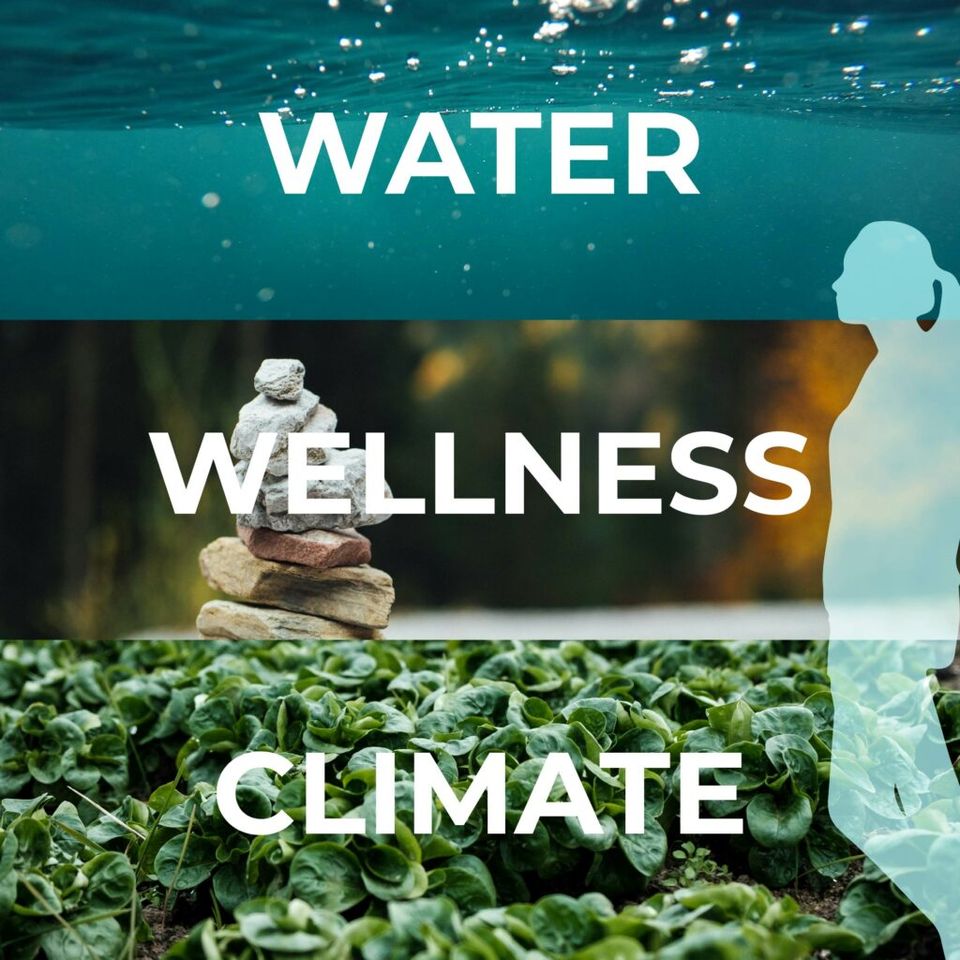The Role of Microbes, Plants, and Animals
The use of living organisms in agricultural and ecosystem restoration is transformative, as these natural allies can perform tasks that technology alone cannot replicate.
Microbial Solutions
Bacterial and Fungal Microbes: Decompose organic matter, cycle nutrients, and detoxify harmful chemicals. These microbes are introduced through compost, biofertilizers, and soil inoculants.
Plant-Based Solutions
Hyperaccumulator Plants: Certain plants, such as sunflowers and mustard, are capable of extracting heavy metals from the soil.
Leguminous Cover Crops: Fix atmospheric nitrogen into the soil and improve fertility.
Deep-Rooted Species: Break up compacted soils and enhance water infiltration.
Macro Fungi
Fungi, such as oyster mushrooms, have been shown to break down hydrocarbons in polluted soils.
Mycorrhizal fungi form symbiotic relationships with plant roots, enhancing nutrient uptake and soil structure.
Animal Contributions
Livestock: Managed grazing of cattle, sheep, or goats can control invasive species and improve nutrient cycling.
Worms: Vermiculture enhances composting and aerates soil.
Wildlife: Birds and other animals aid in seed dispersal and ecosystem balancing.

